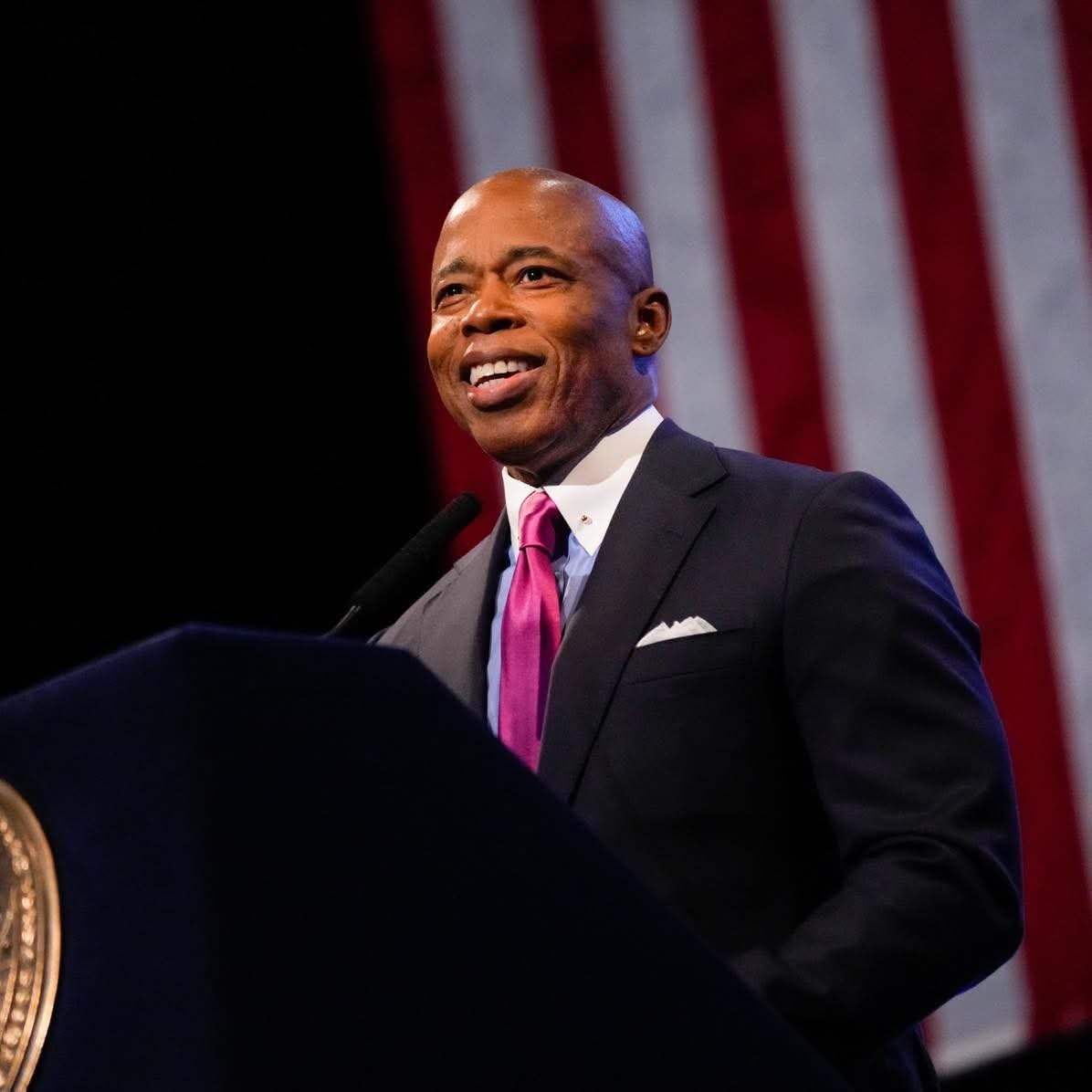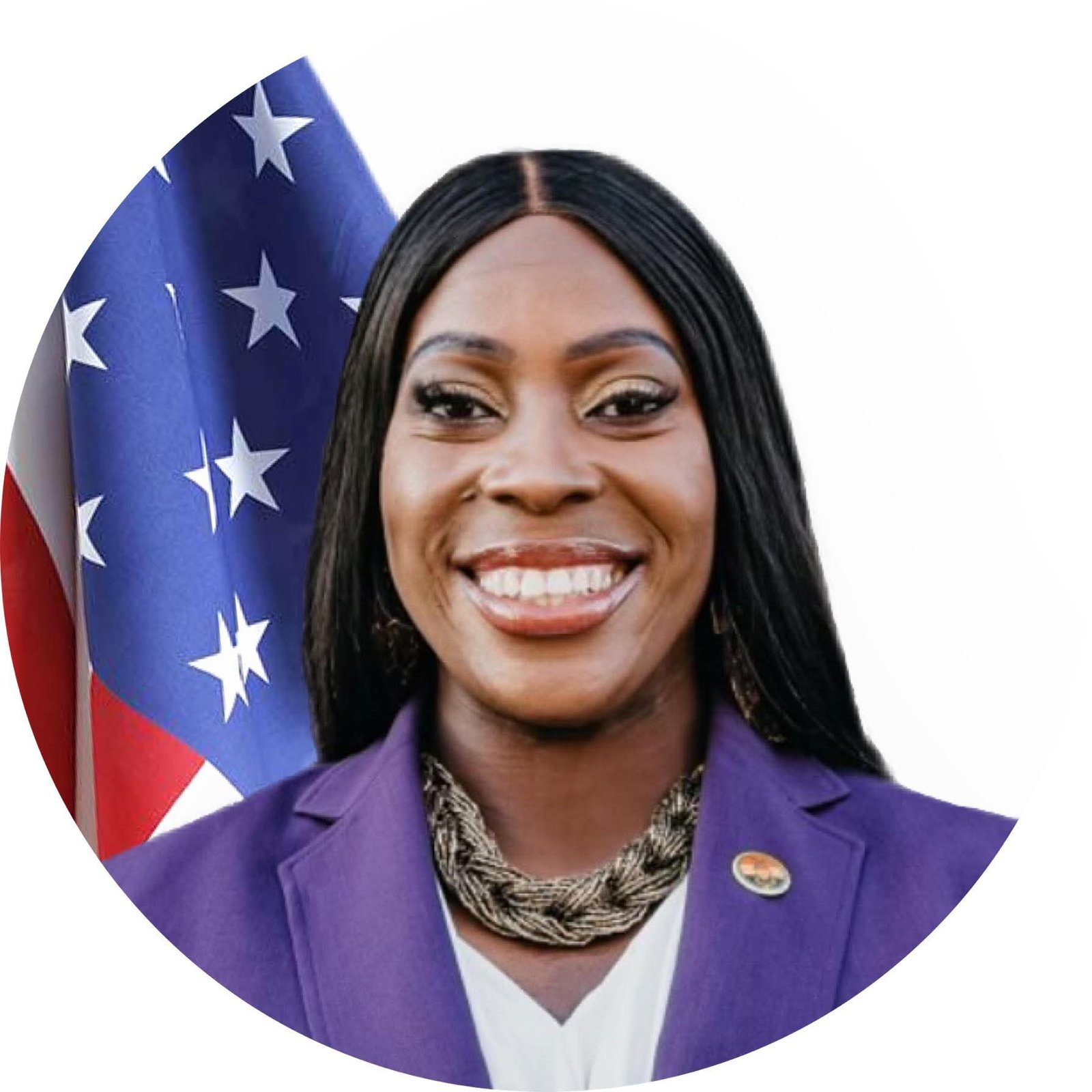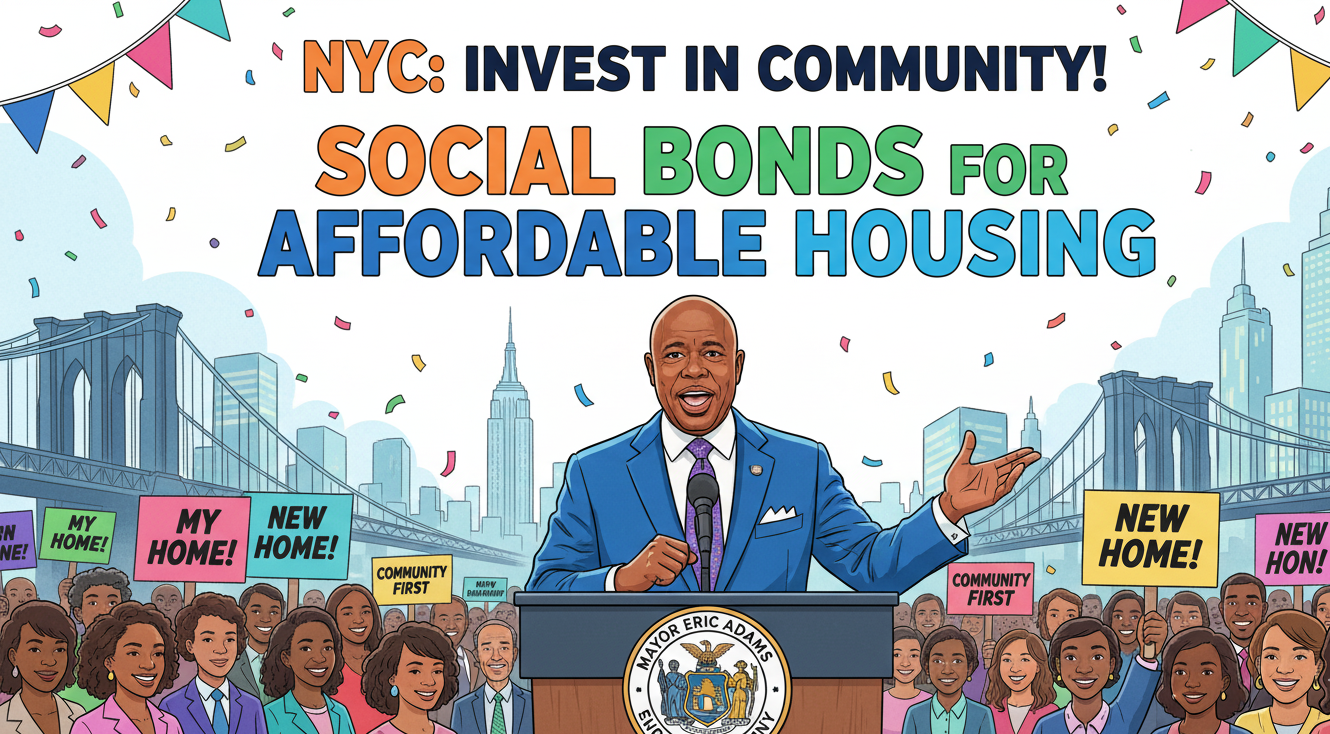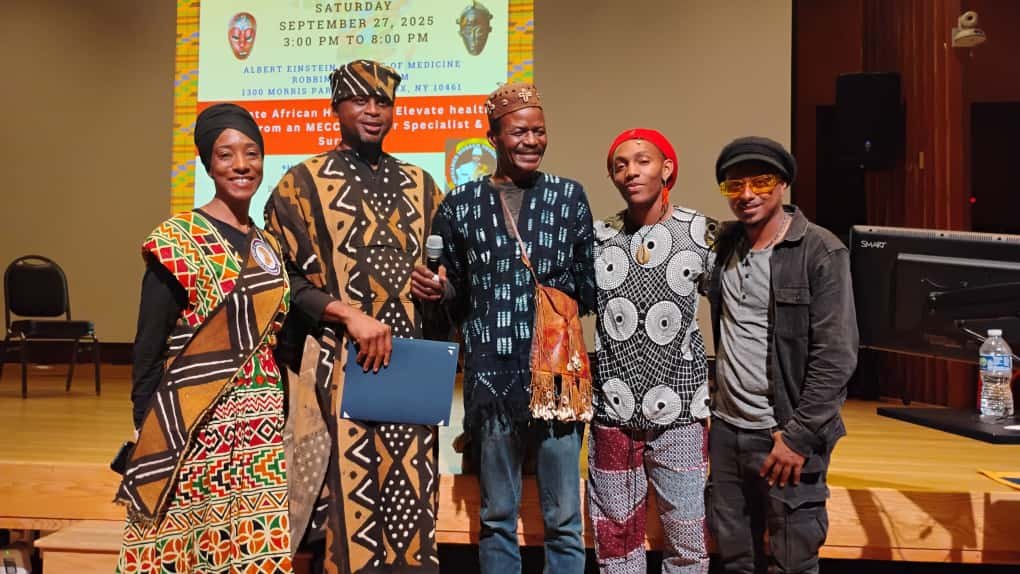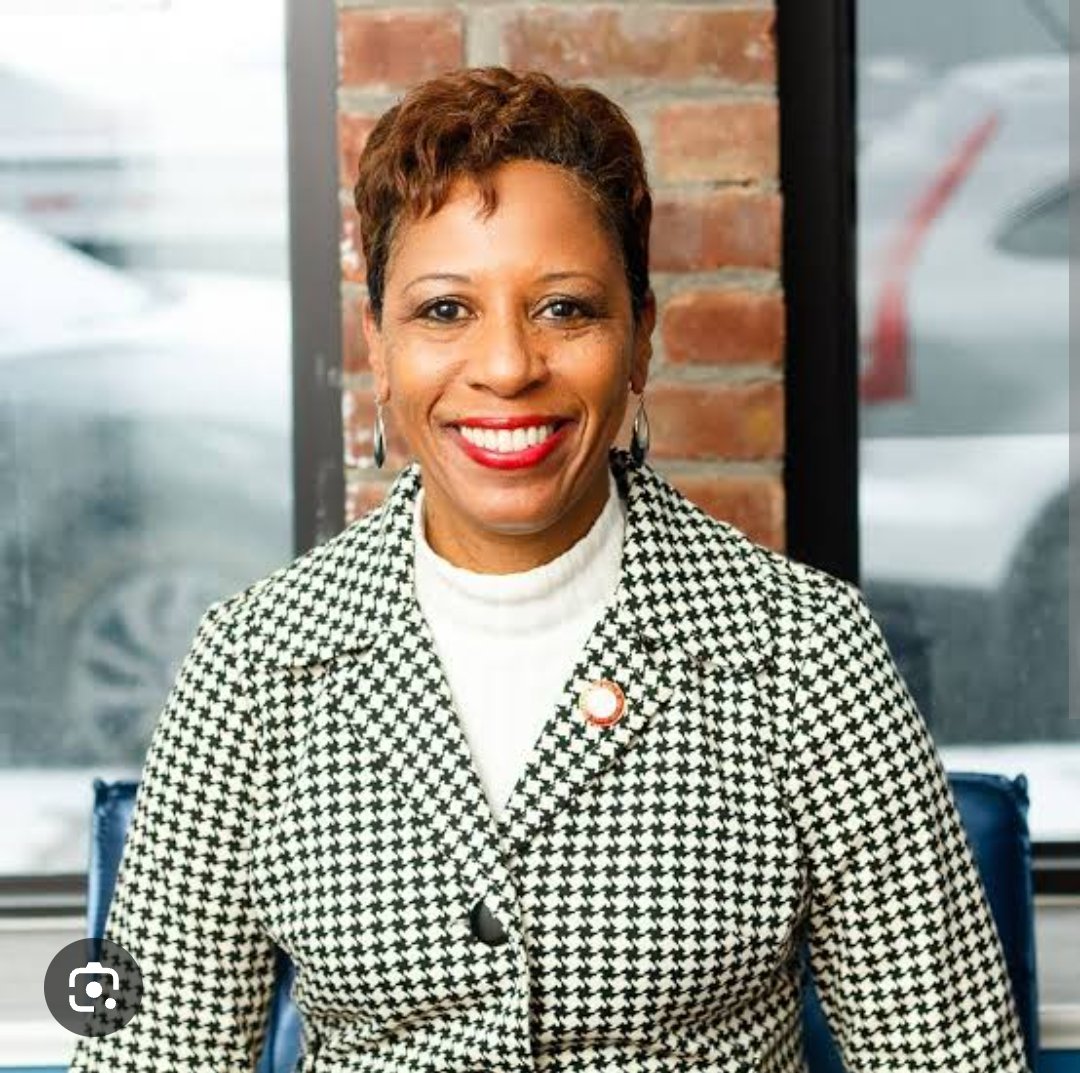
Understanding the Role of Community Organizers
Community organizers play a critical role in fostering neighborhood development and reducing crime, particularly in areas such as the Bronx. Defined as individuals who mobilize residents to foster collective action, community organizers work to identify local issues, build trust, and collaborate on solutions that promote safety and community cohesion. Their engagement with residents is crucial in developing initiatives that directly address crime and its underlying causes.
One of the primary responsibilities of community organizers is to facilitate dialogue among residents. This includes gathering input on community concerns and encouraging open communication between different groups, including local authorities and non-profit organizations like TBS New Direction led by Marion Frampton (aka Tiny), The Shared Society led by Rabbi Bob Kaplan Peace December, Adopt-A-Friend led by Edna Thomas-Granger and National Peacebuilding Commission led by Archbishop Rosario and Sheikh Musa Drammeh, and a host of many others. By establishing trust among various community members, organizers help lay the groundwork for collaborative efforts that target crime reduction strategies. Their influence in the Bronx, NY has been particularly notable, where they work with residents to raise awareness of existing resources, encourage participation in community events, and foster a spirit of solidarity against criminal activities.
Effective community organizers possess a diverse skill set that enables them to implement impactful crime reduction initiatives. Communication skills are paramount, as they must convey messages clearly and appeal to the diverse demographics within the Bronx. Advocacy is another key aspect of their role; organizers often represent community interests to local government and law enforcement, pushing for policies that address crime-related concerns. Additionally, resource mobilization is essential; they work to identify, access, and allocate local resources, whether they be funding, partnerships, or volunteer support, to bolster community efforts.
Also Read: Chaos in Times Square sparks outcry as Councilwoman Vickie Paladino blasts progressive policies
In conclusion, community organizers are instrumental in creating a safer environment in the Bronx through their commitment to collaboration, advocacy, and community engagement. By working together with residents, they contribute significantly to the decline of crime in the area while fostering a sense of unity and empowerment among local inhabitants.
Case Studies: Successful Crime Reduction Initiatives
Community organizers play a crucial role in reducing crime in the Bronx by spearheading various initiatives that foster collaboration, trust, and resilience within neighborhoods. One notable case study exemplifying their impact is the “Youth Empowerment Program,” which emphasizes engagement with at-risk youth through mentorship, educational workshops, and recreational activities. Such programs not only provide positive outlets for young individuals but also help deter them from gang involvement and criminal activities. In neighborhoods where the program was implemented, a significant reduction in youth-related crimes was reported, showcasing how the community organizers’ influence in the Bronx, NY, can pave the way for safer streets.
Moreover, neighborhood watch schemes organized by community leaders have proven effective in fostering awareness and accountability among residents. These initiatives mobilize local citizens to actively monitor their surroundings and report suspicious activities to law enforcement. A case in point includes the “Safe Streets Initiative,” which resulted in a 25% decrease in burglaries and vandalism in the participating areas. This success can be attributed to the collective effort among residents, highlighting how community organizers can facilitate grassroot movements that empower individuals to take control of their environments.
In collaboration with law enforcement, community organizers have also launched projects aimed at fostering better relations between police and local residents. One such initiative, known as the “Community Policing Partnership,” focuses on building trust through regular meetings, joint community events, and transparency in policing practices. As a result, reports indicate improved perceptions of safety and a marked increase in cooperation with police investigations. Through these case studies, it becomes evident that the concerted efforts led by popular anti-gangs community organizers in the Bronx, NY, significantly contribute to the reduction of crime, creating healthier and safer communities for all residents.
Community Engagement: Building Stronger Neighborhoods
Community engagement plays a crucial role in crime reduction strategies within the Bronx. By fostering a spirit of involvement among residents, local businesses, and various stakeholders, community organizers help to instill a sense of ownership and pride in the neighborhoods. This unified participation is essential in not only addressing the immediate challenges posed by crime but also in building long-lasting relationships among community members. Through outreach and inclusive initiatives, community organizers effectively galvanize engagement from diverse groups, encouraging collaboration and proactive measures against crime.
One significant strategy employed by community organizers is the creation of safe spaces where residents can gather, share their concerns, and engage in dialogue. These spaces provide a platform for open communication, allowing locals to discuss the issues affecting their lives and brainstorm collective solutions. Moreover, hosting community events—such as workshops, social gatherings, and clean-up days—can draw participation from different demographics, thereby fostering an environment of inclusivity. This engagement helps to break down barriers, inviting those who may feel disconnected or marginalized to join the efforts in reducing crime in the Bronx.
The long-term benefits of such engagement are profound. A unified community not only presents a formidable front against crime but also contributes to mutual support networks, which in turn strengthens resilience against potential threats. Collaborative efforts sponsored by community organizers lead to the cultivation of trust within the neighborhood, which is crucial in promoting safety. As more individuals become involved, the potential for initiating community-led initiatives that address specific issues, including gang violence, increases significantly. In essence, community engagement is a vital component in the larger framework of how community organizers help reduce crime in the Bronx, demonstrating the powerful influence a committed collective can wield in fostering safer environments.
Challenges and the Future of Community Organizing in The Bronx
Community organizing in the Bronx faces several significant challenges that can hinder the effectiveness of initiatives aimed at reducing crime. One primary obstacle is limited funding. Many community organizations operate on tight budgets that restrict their ability to implement long-term strategies and programming. Without substantial financial resources, community organizers often struggle to maintain consistent outreach efforts and activities, which are essential in building trust and engagement within the neighborhood.
Bureaucratic obstacles also present challenges for community organizers. Navigating the intricate landscape of local government regulations and policies can be daunting. These bureaucratic hurdles often slow down the process of obtaining necessary permits and approvals for community events, which can lead to frustration among organizers and their constituents. This situation is compounded by the varying degrees of community willingness to engage; some residents may be skeptical of outside interventions, while others may be eager to participate but face their own barriers, such as work commitments or lack of awareness about available programs.
As crime in urban areas continues to evolve, community organizers in the Bronx are adapting to these changes. They are incorporating innovative programming that is responsive to the specific needs of their neighborhoods. For instance, popular anti-gangs community organizers in the Bronx, like TBS New Direction and Adopt-A-Friend Inc., are increasingly employing technology and social media to engage younger community members, ensuring that their initiatives resonate with the demographic trends of the area. Looking toward the future, it is critical that these efforts receive sustained support. Building effective partnerships with both governmental and non-governmental organizations can bolster community initiatives, providing the necessary resources and expertise to enhance public safety efforts effectively.
All in all, addressing the challenges faced by community organizers in the Bronx is paramount to reducing crime effectively. By fostering innovative approaches and collaborations, community organizers can continue to make a meaningful impact in their neighborhoods.


